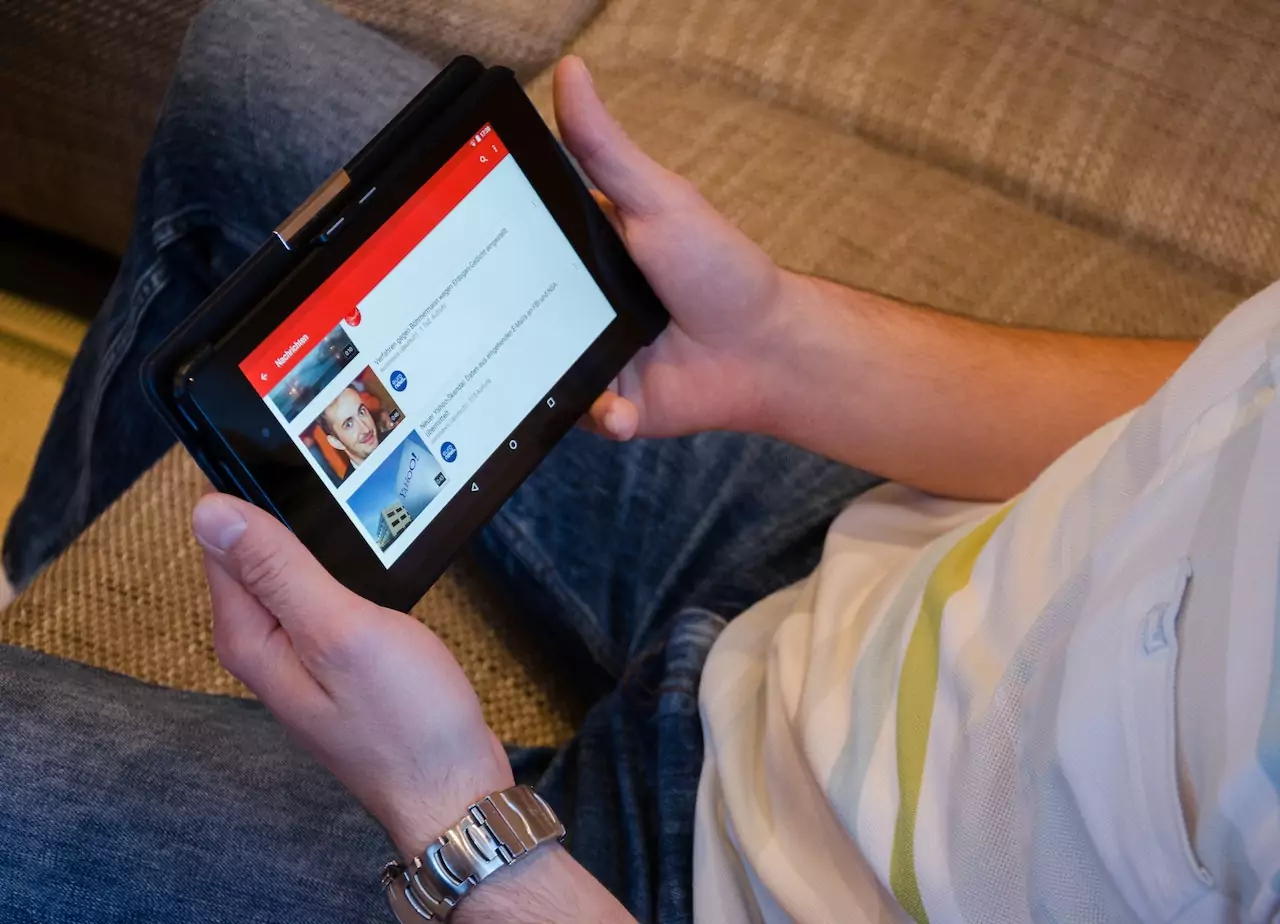Digital audiences are craving more social experiences than ever before. Now, publishers are connecting with visitors and subscribers to transform them into loyal brand supporters.
“Looking to the future, publishers are increasingly [recognizing] that long-term survival is likely to involve stronger and deeper connection with audiences online,” writes Nic Newman, a senior research associate at the Reuters Institute for the Study of Journalism.
And with the help of digital engagement tools, media companies are beginning to satisfy this growing consumer desire for digital connections.
But you can’t build a highly engaged, connected audience without a comprehensive strategy. A successful audience engagement strategy should excite consumers during every step of the visitor’s journey. By going through this work, you’re able to track and nurture your audience’s activity on your digital properties and that can be a powerful way to understand how your audience navigates your website, engages with your content, and provide insights to help your sales process.
Not convinced you need to pair engagement tools with a carefully crafted strategy? Here’s why you need a thorough plan for each stage of user engagement below.
Enhancing Engagement Tools
Fact: 80% of publishers struggle to convert digital visitors to subscribers.
That’s why engagement tools are so critical to businesses. Not only do they speed up
the conversion process from anonymous and passive visitors to active brand supporters, but they also add value to events, video streams, and written content.
Your job isn’t done once these tools are live on your site, though. Part of building a comprehensive audience development strategy ensures your engagement tools are constantly reaching their full, revenue-boosting potential.
This includes understanding how to act on the data you pull from these tools, facilitating relationships between consumers and coordinating with your paywall provider to grow subscriptions. That’s why one of the first steps in creating a comprehensive strategy is defining your audience engagement goals, for example, these could be:
- Driving advertising impressions by maximizing pageviews
- Reducing your website’s bounce rate and increasing the number of pages visited by a unique user
- Driving free or paid digital/print subscriptions, or other e-commerce activities
Your goal should determine the way you implement and measure your audience engagement.
Industry experts strongly advise against using on-site engagement tools without a clear strategy and goal. Otherwise, the major benefits of these tools may slip away, right between your fingers.
Without a complete conversion strategy, you won’t be able to improve your consumer’s experience.
Engaging Registered Users
You may have a group of audience members who have registered for an account on your properties. However, a registered user isn’t necessarily committed enough to subscribe or feel any sense of loyalty to your brand yet.
“84 percent of consumers think being treated like a person, not a number, is very important to winning their business,” reads an article on AdAge.
The biggest mistake we see with publishers is not properly educating users on all the bells and whistles they have access to now as a registered user. By educating your users, they can interact, follow, and share more of your content – giving you access to the information you need to create a more personalized experience for each reader.
User engagement is a win-win. As you collect rich user data, to derive meaningful insights to help create better targeted and customized content experiences for readers, your readers get a value exchange. In exchange for providing important information, they get to engage with a community of likeminded individuals and access to thoughtful content.
Remember, 80% of all user registrations are triggered on pages that feature on-site engagement tools and user-generated content.
Your engagement tools can give you all of the information you need to give consumers a personalized experience — as long as you know what to look for and they know what is available to them.
Keeping Subscribers
On-site engagement shouldn’t stop when consumers have converted to subscribers.
For those digital publishers with a paywall, it is important to highlight why the paid subscription is valuable. Target highly engaged users with personalized subscription offers. The segment most ready to pay for a subscription are those who consume more than five pages per month and spend on average 40 seconds or longer per page, per month.
Since paying subscribers have a big role in revenue production for media companies, it’s important to continuously engage them to keep them interested in your brand.
Consider the fact that it’s cheaper to retain existing subscribers than acquire new ones as well. In fact, obtaining new customers can cost five times more than the amount it takes to nurture existing ones.
Your engagement tools should, therefore, be accompanied by a strategy that aims to better understand and delight your subscribers to prevent them from unsubscribing. What we’ve seen is, when subscribers activity dips, they are more likely to churn. You should work closely with your marketing team and paywall provider so that when reader activity levels drop, a special newsletter can be triggered highlighting features that perhaps they aren’t using, or even send personalized subscription discounts and content offers before the churn ever happens.
Managing Lost Subscribers
Lost subscribers aren’t a lost cause. You can use your engagement tools to gain important information about why consumers have unsubscribed from your services.
Then, this data can be used to create strategies that aim to revive their interest in your brand.
“By better understanding consumer attitudes, motivations, and habits related to churn, service providers can more effectively create service experiences [that] will reduce churn and create a loyal customer base,” states Michelle Manafy, the editorial director at Digital Content Next (DCN).
In other words, by concocting an in-depth strategy for analyzing and combatting churn, your company will be able to better engage your community members in the future.
Ready to come up with the perfect engagement tool strategy?
Viafoura’s “Now, What?” guide unravels the best path forward for leveraging on-site engagement tools — from managing your community guidelines and user engagement metrics to connecting with your audience members, across every step of their journey.
Download the complete guide with 16 steps here.









